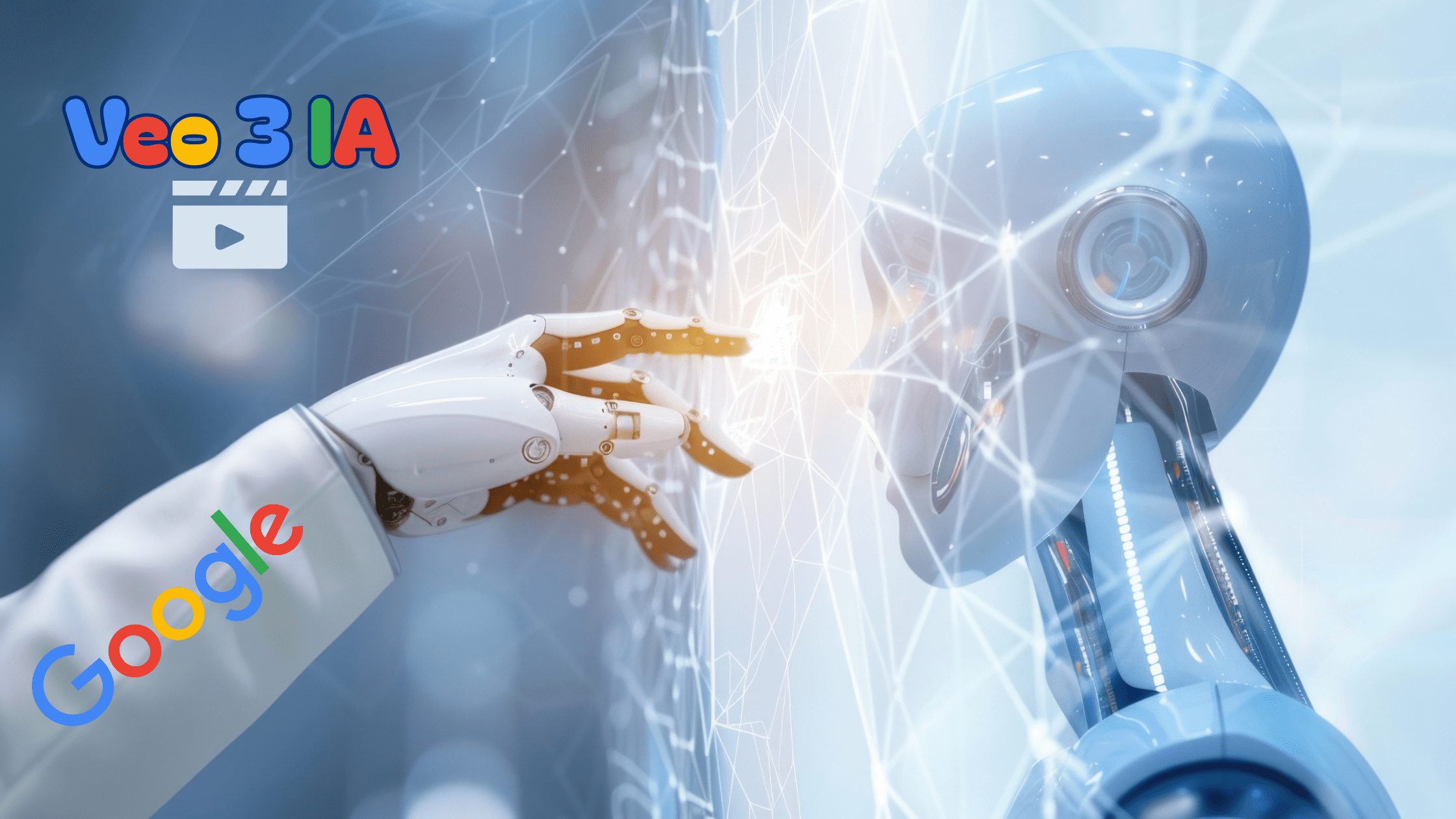
Google has taken a major leap forward in visual content creation with Veo 3, its latest video generation model. Capable of producing ultra-realistic clips from simple text prompts or images, Veo 3 is poised to radically transform how we create and consume video content.
🚀 What is Veo 3?
Developed by Google DeepMind, Veo 3 is an advanced artificial intelligence model designed to generate high-quality videos from either written descriptions or reference images. It stands out thanks to:
- A deep understanding of natural language, even complex or creative expressions.
- Impressive temporal consistency—videos remain smooth, coherent, and dynamic.
- High-resolution output, with clips up to 1080p, significantly surpassing previous generations.
✨ How Does Veo 3 Work?
The model builds on recent breakthroughs in computer vision, neural networks, and language understanding. It can:
- Turn a descriptive sentence like “a robot exploring a distant planet at sunset” into a realistic animated sequence.
- Use an image as a starting point and generate a video that brings it to life or extends the visual scene.
- Handle camera movements, lighting effects, and even natural scene transitions.
🧠 AI at the Service of Creativity
With Veo 3, Google aims to support a wide range of creative professionals:
- Filmmakers, artists, and animators: to quickly prototype or visualize ideas.
- Content creators and influencers: to enhance their videos with original and engaging visuals.
- Marketing teams: to produce powerful campaigns with fewer resources.
- Educators and trainers: to easily illustrate abstract or technical concepts.
🌐 Ushering in a New Era of Video Creation
Google’s goal with Veo isn’t just to innovate—it’s to democratize video creation. By allowing anyone to generate videos using just text or an image, Google is paving the way for a new wave of accessible, fast, and technically effortless creativity.
🗣️ “We want to give everyone the tools to express themselves through video as easily as writing a message.” – Google DeepMind
